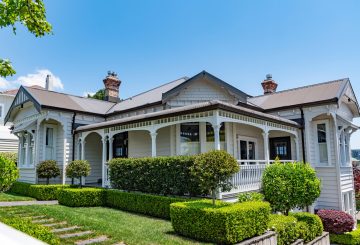A proposed $730 million waste-to-energy incinerator in Kaipara, New Zealand, is moving closer to realization. The plant, which would burn rubbish from Auckland and Northland to produce electricity, could potentially be the country’s largest. Construction could start within two years, according to Kaipara Mayor Craig Jepson.
Jepson is urging the government to fast-track the approval process for the plant. The Kaipara District Council is working with South Island Resource Recovery Limited (SIRRL), a majority overseas-owned company, to build the plant. The facility could be operational by 2028.
SIRRL board director Paul Taylor said that Auckland and Northland’s mayors have asked the company to provide data for a feasibility study on a potential energy-from-waste plant in the North Island. The next steps will be decided by the mayors, in consultation with their councils and communities.
The proposed Kaipara facility would process about 730,000 tonnes of rubbish from Auckland and Northland each year. This is double the amount that a proposed $350 million waste-to-energy incinerator near Waimate in South Canterbury would process. The decision on whether the Waimate incinerator will go ahead is currently with the government.
Sue Coutts, a Zero Waste advocate, has raised concerns about the environmental and health impacts of the waste-to-energy incinerator. She also expressed concern about the lack of details regarding the government’s fast-tracking approach for major infrastructure projects.
Mayor Jepson, however, said that waste-to-energy technology has evolved over the last 30 years, and earlier concerns about dangerous contaminants are no longer relevant. He added that the Kaipara plant would have significant benefits, including the production of 72MW of electricity annually for 165,000 homes, and 210 tonnes of construction aggregate such as gravel.
Despite these benefits, Coutts warned that international waste-to-energy companies are targeting countries with weak regulations, as demand has decreased in Europe. She also said that the proposed facility contradicts Northland’s renewable energy push, as a large amount of fossil fuels are used to burn the rubbish.
In response, Jepson said that clean-burning gas would be used to start the Kaipara incineration, which would then be sustained by the energy produced by the rubbish itself.





























































